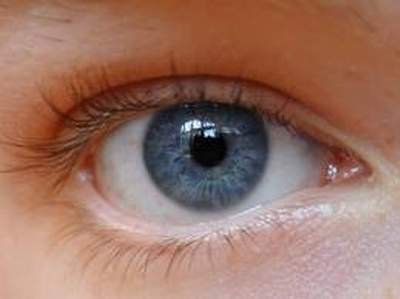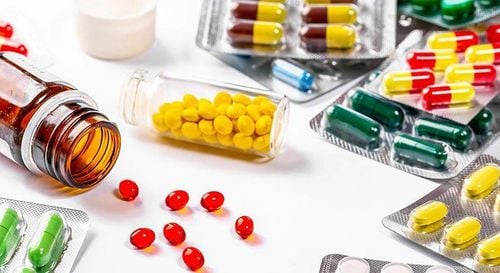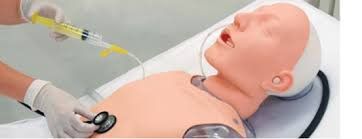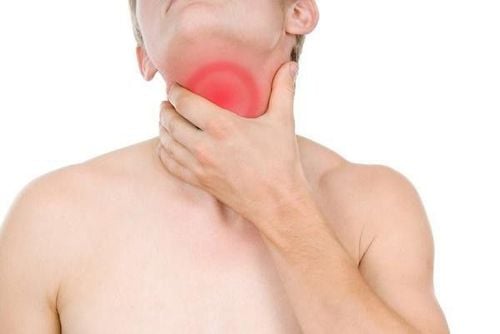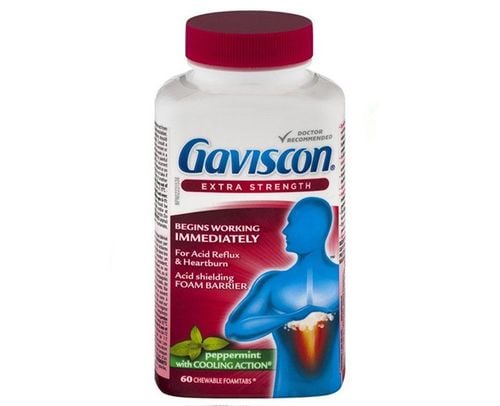This is an automatically translated article.
Eating by mouth will bring comfort and deliciousness. However, some patients with some problems cannot eat by mouth and need to have a nasogastric tube for feeding.1. Indications for nasogastric tube feeding
During the treatment period, all nutritional support has a supportive effect, helping to improve the patient's quality of life. In case the patient cannot eat by mouth, it is necessary to open a nasogastric tube to feed through the nasogastric tube.Indications for nasogastric tube placement in patients who cannot chew or swallow by themselves, such as: head and neck trauma, stroke, gastrointestinal obstruction in esophageal cancer, cancer nasopharynx, mouth, ... or other diseases.
Contraindicated for feeding through a catheter in the following cases:
All cases where the anterior wall of the stomach is not close to the abdominal wall: moderate and severe ascites, hepatomegaly, especially the left liver, splenomegaly, The patient had gastric bypass surgery. Intestinal obstruction (except in case of opening the stomach to the skin to relieve pressure), semi-obstruction, pyloric stenosis. Infiltrative diseases of the stomach Diarrhea after peritonitis after perforation of hollow viscera Patients on peritoneal dialysis, gastric pathology
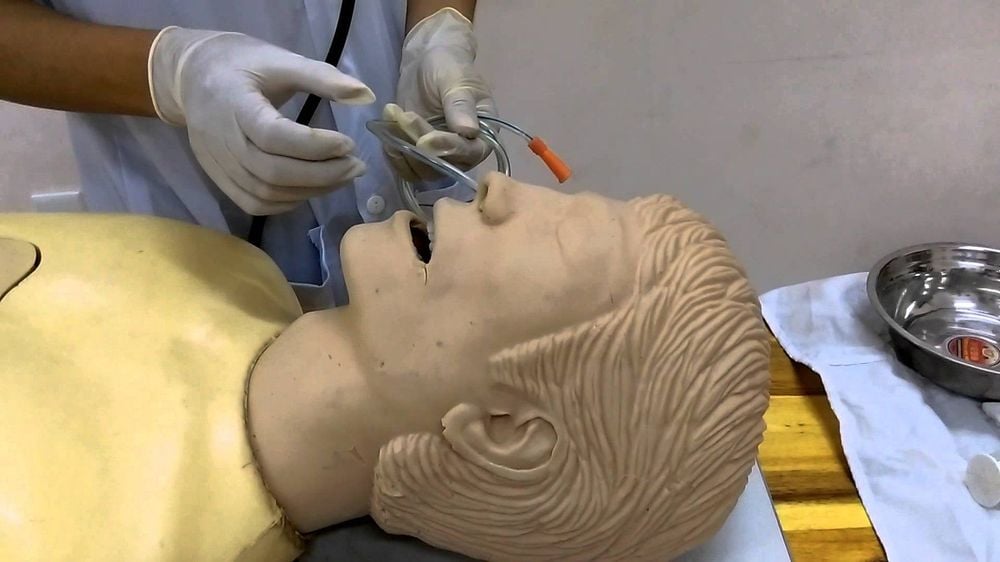
Chỉ định đặt ống thông dạ dày đối với những bệnh nhân không thể tự mình nhai nuốt
2. Feeding process through the catheter
After you have prepared all the necessary tools for feeding through the catheter, proceed with the following steps:Step 1: Check if the nasogastric tube is still in the correct position in the stomach or not. .
Step 2: Connect the nasogastric tube to the liquid food bag, then adjust the drop to match the calories. Alternatively, a 50ml syringe can be used to inject liquid food directly into the nasogastric tube.
Step 3: For catheter infusion, each feeding time is about 3-6 hours. After each feeding, the catheter should be flushed out by injecting cooled boiled water or sterile water. The amount of feeding fluid through the nasogastric tube started with 40ml/4h, then gradually increased to 25ml/every 12h to achieve 250ml/4 hours.
For patients fed through a catheter, it is necessary to monitor the digestive status: Diarrhea, vomiting, weight....
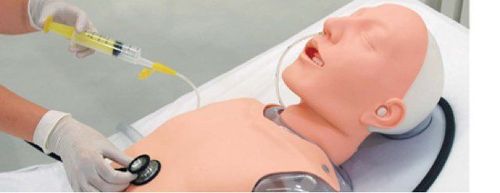
Trong trường hợp người bệnh không thể ăn qua đường miệng thì cần phải mở ống thông dạ dày để nuôi dưỡng qua ống thông dạ dày
3. Nutritional formula feeding through the catheter
The type of nutritional formula given to patients through a nasogastric tube is based on the specific needs of the patient. There are many types of formulas for patients with special medical conditions such as diabetes, high cholesterol,...Nutrition can be taken continuously or divided into 3 - 6 times/day , 1-2 cups each time. Parenteral nutrition is sometimes used when a patient can take small amounts of food by mouth but not enough to maintain health. Nutrients administered through a catheter can provide an extra boost of energy and nutrients needed for good health.
Feeding through a nasogastric tube is done when the patient is unable to swallow or has a medical condition that cannot eat by mouth. It is done by putting nutrients in liquid form into a tube with the stomach to help nourish the patient's health instead of oral sugar. Patients receiving catheterization should be checked regularly for early detection of infection or bleeding where the catheter enters the body.
Please dial HOTLINE for more information or register for an appointment HERE. Download MyVinmec app to make appointments faster and to manage your bookings easily.




